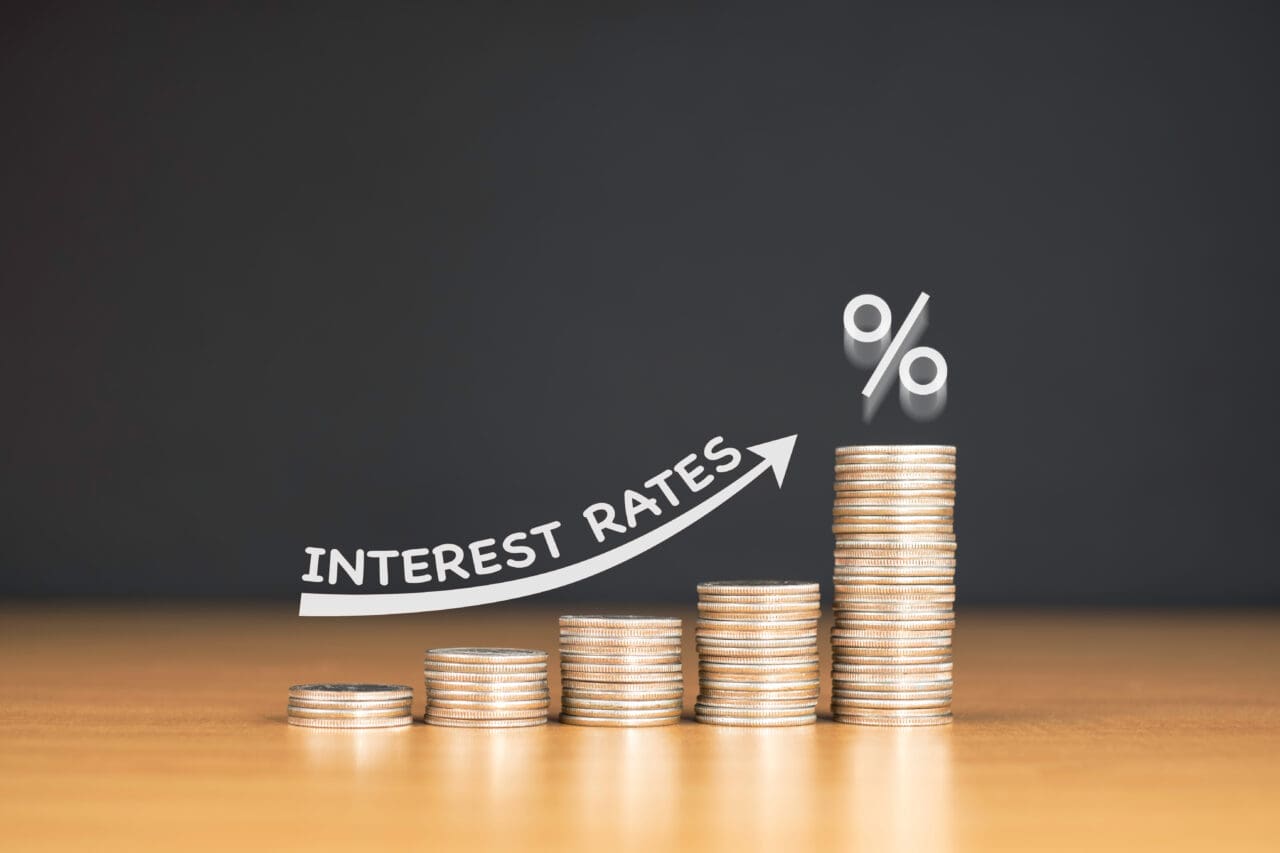Credit cards are essential financial tools that provide convenience and flexibility for your day-to-day spending. However, it’s crucial to be informed about various aspects of credit cards, including interest rates, to make wise financial decisions. In this article, we’ll explore what you need to know about credit card interest rates.
Understanding Credit Card Interest Rates
- Annual Percentage Rate (APR): The APR represents the interest rate you’ll pay on any outstanding balances on your credit card. Credit cards often have different APRs for various types of transactions, such as purchases, balance transfers, and cash advances. It’s crucial to understand these rates and how they apply to your card.
- Variable vs. Fixed APR: Credit card APRs can be either fixed or variable. Fixed APRs remain constant over time, while variable APRs can change based on market conditions. Be aware of which type of APR your card offers, as variable rates can lead to fluctuations in your interest charges.
- Introductory APR: Some credit cards offer promotional or introductory APRs, often with low or even 0% interest rates for a specific period. These offers can be beneficial for balance transfers or large purchases, but it’s essential to know when the introductory period ends and what the regular APR will be.
- Grace Period: Credit cards typically come with a grace period during which you can pay your balance in full without incurring any interest charges. This period usually lasts around 21 to 25 days from the end of your billing cycle. Take advantage of this grace period to avoid paying interest on your purchases.
- Minimum Payment: Credit card companies require you to make a minimum payment each month. If you only pay the minimum, the remaining balance will accrue interest at the card’s APR. Paying more than the minimum can help you reduce your interest costs and pay off your balance faster.
- Credit Card Types: Different types of credit cards may offer varying interest rates. For example, rewards cards or premium cards often come with higher APRs than basic cards. Consider your spending habits and financial goals when choosing a credit card.
- Creditworthiness: Your credit score plays a significant role in determining the interest rate you receive on a credit card. Higher credit scores typically qualify for lower interest rates, so maintaining good credit is essential to securing favorable terms.
- Penalty APR: Be aware of the penalty APR, which is a significantly higher interest rate that may be imposed if you miss payments or violate the card’s terms and conditions. It’s crucial to understand the consequences of late payments and avoid triggering a penalty APR.
In conclusion, understanding credit card interest rates is vital for making informed financial decisions. By being aware of the different types of APRs, how they apply to your card, and how your credit score impacts your rates, you can manage your credit card debt more effectively and avoid unnecessary interest charges.

